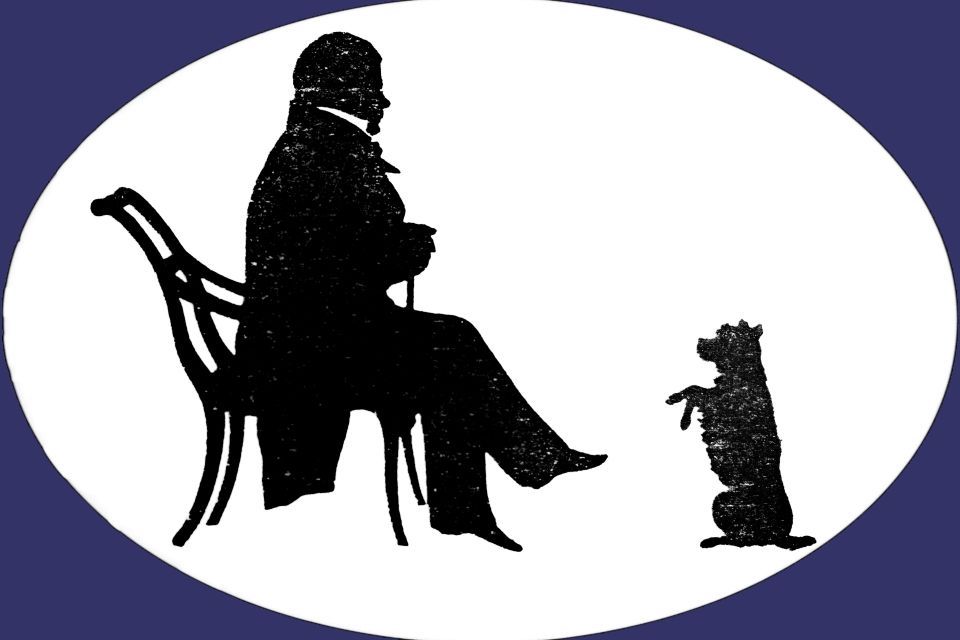Scotland’s Hidden Treasure: The remarkable story of the oldest Royal Regalia in Britain
Thursday 7th November 2019
Summary of the Talk:
Kathy Crawford Hay presented a compelling and detailed lecture on the Honours of Scotland—the oldest royal regalia in Britain—comprising the crown, sword, and sceptre. The talk traced their origins, concealment, rediscovery, and continued symbolic power.
These precious items were made during the reigns of James IV and James V, with the sceptre gifted by Pope Alexander VI and the sword by Pope Julius II. The crown was refashioned by goldsmith John Mosman using Scottish gold in 1540.
During the English Civil War, Oliver Cromwell’s forces destroyed the English regalia, prompting fears that the Scottish Honours would be next. To safeguard them, they were smuggled out of Dunnottar Castle—likely by the minister’s wife, Mrs Grainger, and her maid—and buried under the floor of Kinneff Church, where they remained hidden for nine years.
After the monarchy was restored, the Honours were returned to Edinburgh Castle. However, following the Act of Union in 1707, they were locked away and largely forgotten until Sir Walter Scott, fuelled by patriotic zeal and influence with the Prince Regent, secured permission in 1818 to open the chest where they were stored. The regalia were then triumphantly rediscovered and put on public display.
They were hidden once more during the Second World War—this time in a medieval latrine chamber deep within Edinburgh Castle.
Interesting Highlights & Insights
- The oldest regalia in Britain: The Honours of Scotland predate the English Crown Jewels, as Cromwell destroyed most of the English regalia during the Commonwealth period.
- Remarkable concealment: The crown, sword, and sceptre were hidden by Mrs Grainger and her maid in Kinneff Church, while English forces searched Dunnottar Castle fruitlessly.
- Mrs Grainger’s overlooked heroism: Despite her brave role, the memorial in the church honours her husband, the minister, rather than her—something the speaker (and later a listener) rightly questioned.
- Sir Walter Scott’s influence: Scott didn’t “discover” the regalia himself but used his fame and persuasion to push for their rediscovery, eventually gaining a royal warrant to open the chest.
- Burial in a guardrobe: During WWII, the regalia were hidden in a medieval toilet in King David’s Tower within Edinburgh Castle—perhaps the most unexpected hiding place of all.
- Cultural impact: George IV’s visit to Scotland, orchestrated by Scott, and the royal display of tartan helped revive Highland dress and cement tartan as a national symbol—despite the king wearing pink tights under his too-short kilt.
- Curious postscript: Cromwell’s body, after initially receiving a state funeral, was exhumed, tried posthumously, and his head displayed on a spike—later buried secretly in 1960 at his college in Cambridge.


